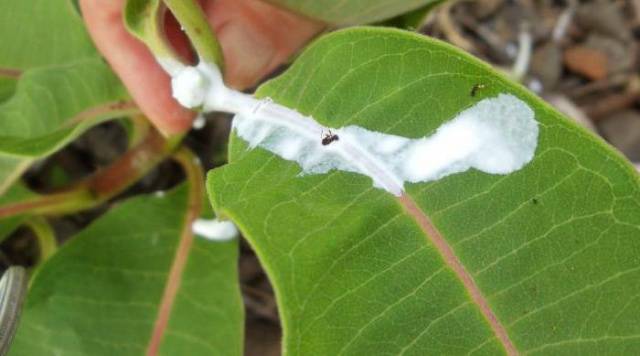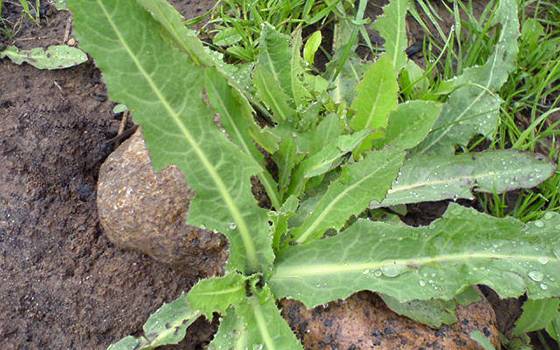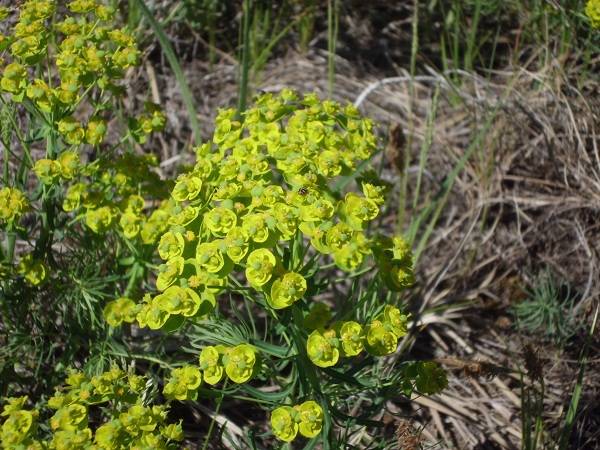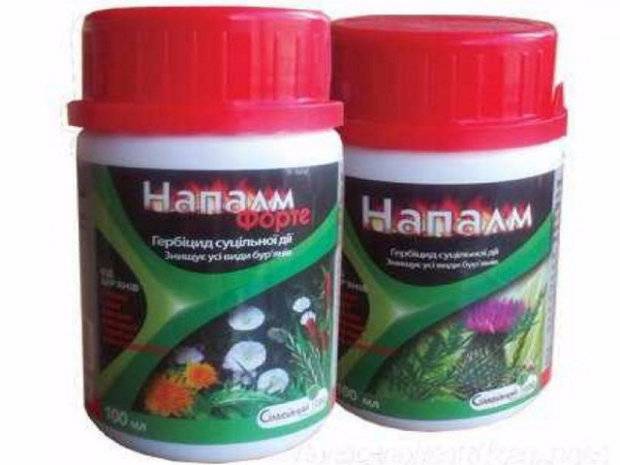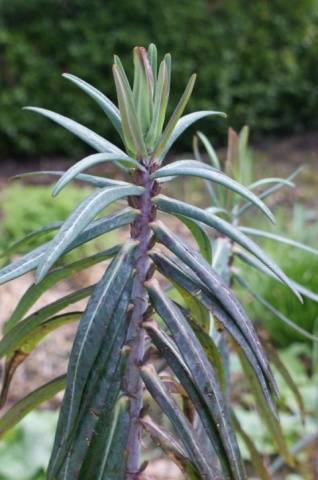Content
Euphorbia is a tropical plant. They used to grow only in Africa and Madagascar. But nature is constantly evolving, so plants have settled all over the world, having managed to adapt to any climate and soil. Currently, scientists have counted more than 200 species of milkweed. Why are plants called milkweed? It's all about the white, poisonous juice that looks like milk.
Plants are as tall as trees, reaching a height of over 20 meters. There are shrubs and grasses among them. Some euphorbia are decorative and are grown as flowers. There are many plants weedsthat flooded gardens and orchards. How to get rid of milkweed in the garden will be discussed further.
Description
There are many types and varieties of milkweed. Some of them look decorative and are specially grown to decorate the site. Euphorbia is a vicious weed that needs to be fought. But for the fight to be effective and give a positive result, you need to know who the enemy is.
Euphorbia weed grows up to several meters. It has a thick, fleshy stem and large leaves with sharp thorns. The leaf shape is a triangle. There is a large amount of juice in the stems and leaves. An adult weed covers an area of 40 cm in diameter.
The root system is branched, powerful, the roots firmly adhere to the ground. The central root goes deep. Therefore, the plant is not afraid of drought: the roots can always get water. Euphorbia weed you see in the photo. There are few daredevils to pull out a thorn with their bare hands.
In the heat, the plant wilts with a lack of moisture, thereby reducing the evaporation area. Under favorable conditions, it can quickly fill large areas. Moreover, it grows successfully in any soil. This plant can be found even in swamps and rocks.
Propagated by seeds that ripen in large quantities and lateral shoots growing from lateral roots. Therefore, getting rid of milkweed weed is not so easy. In addition, when you simply cut the plant without removing the root, new growth will appear. In place of one plant, a whole bush of weeds grows.
The garden weed begins to bloom in July and lasts until August. The flowers are monoecious, around them there is a calyx that resembles a curtain. In the inflorescence, one flower is female and ten are male. The plant has an interesting trioretic fruit with three lobes.
This plant has small leaves with a thick waxy coating. To be able to identify the weed, the photo is attached.
Some villagers feed this weed to their pets. In its raw form, it is very dangerous. If it comes across in the hay, then there is nothing wrong, since the juice dries up.
How to get rid of milkweed
The real reality is that euphorbia can be found both in the wild and in vegetable gardens anywhere in the world. It's all about its vitality and ability to adapt. He is not afraid of either heat or frost. That is why the plant is called the scourge of agriculture.
In recent decades, the thickets of this weed have increased also because the area of agricultural crops has decreased: most of the fields have turned into virgin lands: they are not plowed, they are not cultivated.
Euphorbia is a malicious weed, getting rid of which is too difficult. And it is imperative to destroy it.Having settled on the plot of a summer resident or on a farmer's field, the plant begins to settle in the territory, seizing it, like a real aggressor.
The active growth of the garden weed begins, the photo of which is below, earlier than other plants. Its growth bud is developing rapidly. When a gardener digs up the beds and applies fertilizers, he feeds not only cultivated plants, but also weeds, including euphorbia.
Whatever agricultural techniques you use, you will not remove the weed if the seeds are preserved in the ground.
Ways to combat milkweed
How to deal with a malignant plant, for example, in a potato field or in a summer cottage? After all, it can drown out potatoes and any vegetables with its numerous shoots and seedlings, deprive food and water. With strong growth, forms a green carpet. There are different ways to kill milkweed weed:
- mechanical or agrotechnical;
- the use of herbicides.
But you need to harbor illusions and hope that you got rid of it forever. As a rule, a "truce" with him does not last long. After all, the seeds of a plant can get to the site with shoes, with animals.
Mechanical methods
You need to start the fight against milkweed in early spring, when the buds are just waking up on the plant. A young plant, until the root has gone to a great depth, is tedious to remove from the root, this applies not only to milkweed. If you leave a small piece of root in the garden, then the spurge will start growing again.
You can dig up the weed with a shovel, prying the root in the ground as low as possible. But mowing it is useless, since there are offspring on the lateral roots that prevent the milkweed from withering away.
Chemical method
If the thickets of milkweed have occupied a large area, then one cannot do without the use of chemistry. Herbicides in the garden are used after mechanical action on the weed and digging the site. There are a large number of herbicides that destroy weeds thoroughly. These are the so-called continuous-action drugs:
- TACK;
- Napalm;
- Titus.
On the steam site, potent herbicides can be applied several times over the summer. It really works.
There are also specially designed remedies that destroy exactly the spurge. You can even use it on plantings with cultivated plants, including potatoes:
- Lapis lazuli;
- Roundup;
- Dicamboy.
If the number of harmful weeds in the garden is insignificant, and you managed to pull out young plants before flowering, then the use of potent herbicides is not necessary.
On the overgrown thickets of the area, which is left under steam, you can water the spurge with an increased dose of drugs. So, you can clear the land of weeds.
When spraying any herbicide, you need to take care of your own safety:
- work must be done in dry, calm weather;
- protect the skin with tight clothing;
- there must be a mask or respirator on the face;
- at the end of the treatment, all clothes must be removed and all exposed areas of the body must be washed thoroughly with soap;
- if the composition gets into the eyes, they are washed with water and consult a doctor.
Prophylaxis
To destroy euphorbia weed using various means is half the battle.The main thing is to consolidate the result. Mulching the soil with organic or inorganic means will help in this.
The dug up and processed area is covered with a thick layer of sawdust, wood chips, shavings, humus. Shelter with roofing material, a dark film (spunbond) helps a lot. The temperature under the shelter is high, the roots of the plant die, and the shoots cannot break through.
No weeds, no chemicals:
Instead of a conclusion about the benefits of milkweed
Euphorbia is not only a green pest in vegetable gardens and orchards, it also has beneficial properties.
For example, the official spurge (see photo) scares off mice, rats, cockroaches and bedbugs. Our grandmothers used to hang it in the house.
Parts of the plant, milky juice was widely used by our ancestors for the treatment of various diseases, including oncology, skin inflammation, gynecology and others. Old recipes have survived, but we would like people to remember: spurge and other species (even decorative, indoor and garden) poisonous plants.
